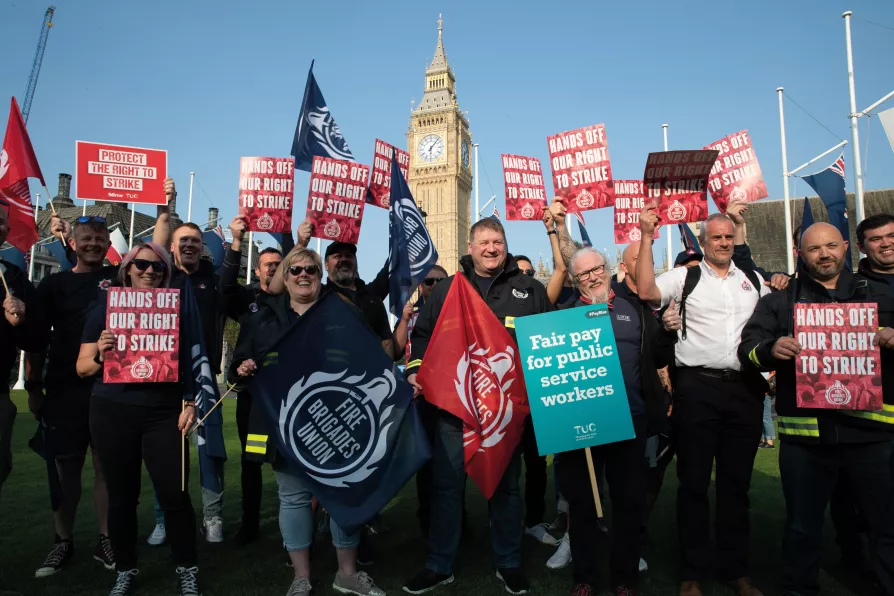From London’s holly-sellers to Engels’s flaming Christmas centrepiece, the plum pudding was more than festive fare in Victorian Britain, says KEITH FLETT


THE Strikes (Minimum Service Levels) Act 2023 received royal assent shortly before the summer holidays.
As readers of these columns will know, the Act imposes new and unprecedented restrictions on the right to strike, these restrictions extending potentially to six sectors: health services; fire and rescue services; education services; transport services; nuclear decommissioning; and border security.
The Act authorises ministers to make regulations for minimum service levels to be provided during a strike in each of these sectors.

The Bill addresses some exploitation but leaves trade unions heavily regulated, most workers without collective bargaining coverage, and fails to tackle the balance of power that enables constant mutation of bad practice, write KEITH EWING and LORD JOHN HENDY KC

It is only trade union power at work that will materially improve the lot of working people as a class but without sector-wide collective bargaining and a right to take sympathetic strike action, we are hamstrung in the fight to tilt back the balance of power, argues ADRIAN WEIR












